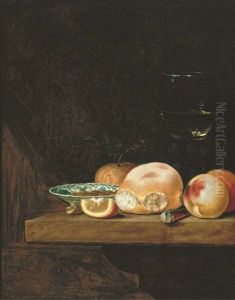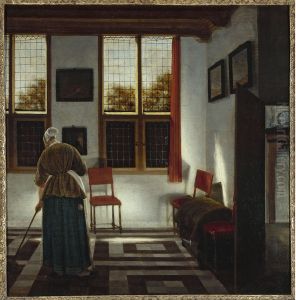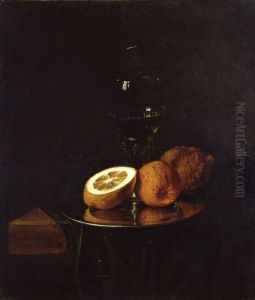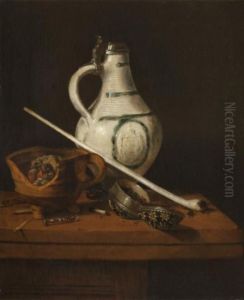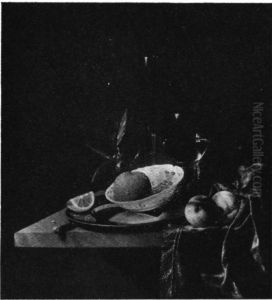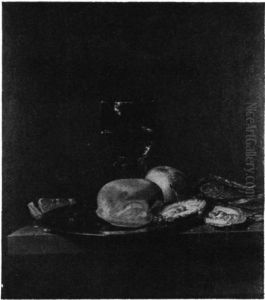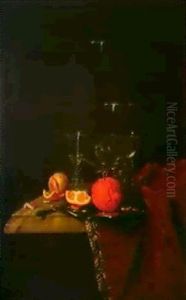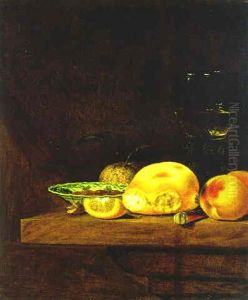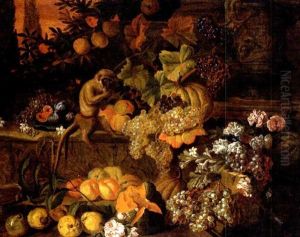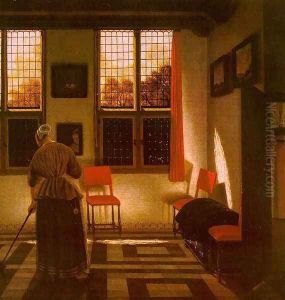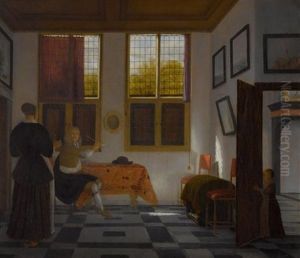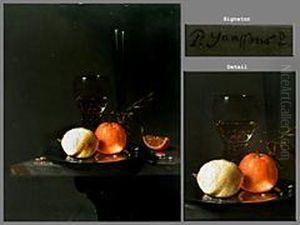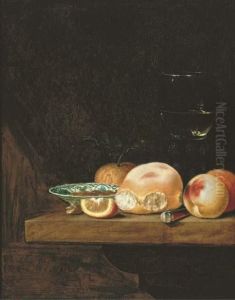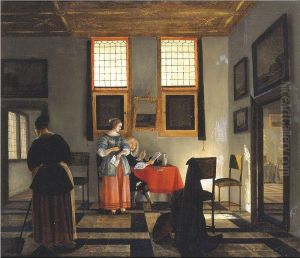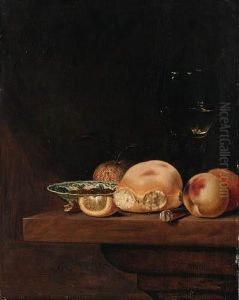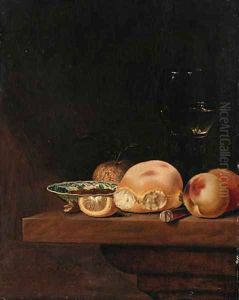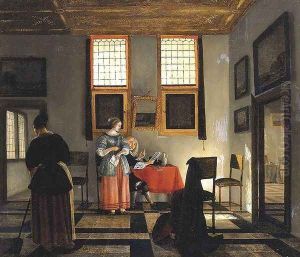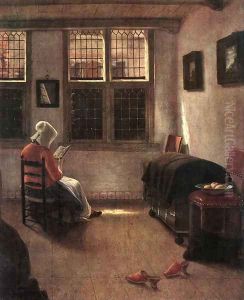Pieter Janssens Elinga Paintings
Pieter Janssens Elinga was a Dutch Golden Age painter, known primarily for his domestic interior scenes. Born in 1623 in Bruges, which was then part of the Spanish Netherlands, Elinga eventually moved to the Dutch Republic. There, he became a pupil of the influential interior painter Nicolaes Maes in Amsterdam around the 1650s. Maes himself had been a student of Rembrandt, which suggests that Elinga was also under the indirect influence of Rembrandt’s style and techniques.
Elinga's work is characterized by meticulously detailed depictions of middle-class interiors and the daily lives of their inhabitants. He often painted the quiet, contemplative moments of solitary figures, usually women, engaged in reading, sewing, or playing musical instruments. His use of light and shadow shows a mastery over chiaroscuro, creating a warm, inviting atmosphere that is emblematic of Dutch interior paintings of the time. His color palette, delicate handling of paint, and attention to texture are also notable.
Despite his skill, Pieter Janssens Elinga was not a prolific artist, and as a result, his works are relatively rare. He spent most of his career in Rotterdam, where he was a member of the Saint Luke's Guild. He lived and worked in the city until his death in 1682. Elinga's paintings were not widely recognized during his lifetime, and his name fell into obscurity for some time. It was not until centuries later that his work was rediscovered and appreciated by art historians and collectors, who began to acknowledge his contributions to the genre of Dutch interior painting.
Today, Elinga's works can be found in various museums and collections around the world, where they are celebrated for their quiet beauty and the intimate glimpse they provide into 17th-century Dutch domestic life. His art continues to be studied for its technical mastery and its place within the broader context of the Dutch Golden Age painting tradition.
